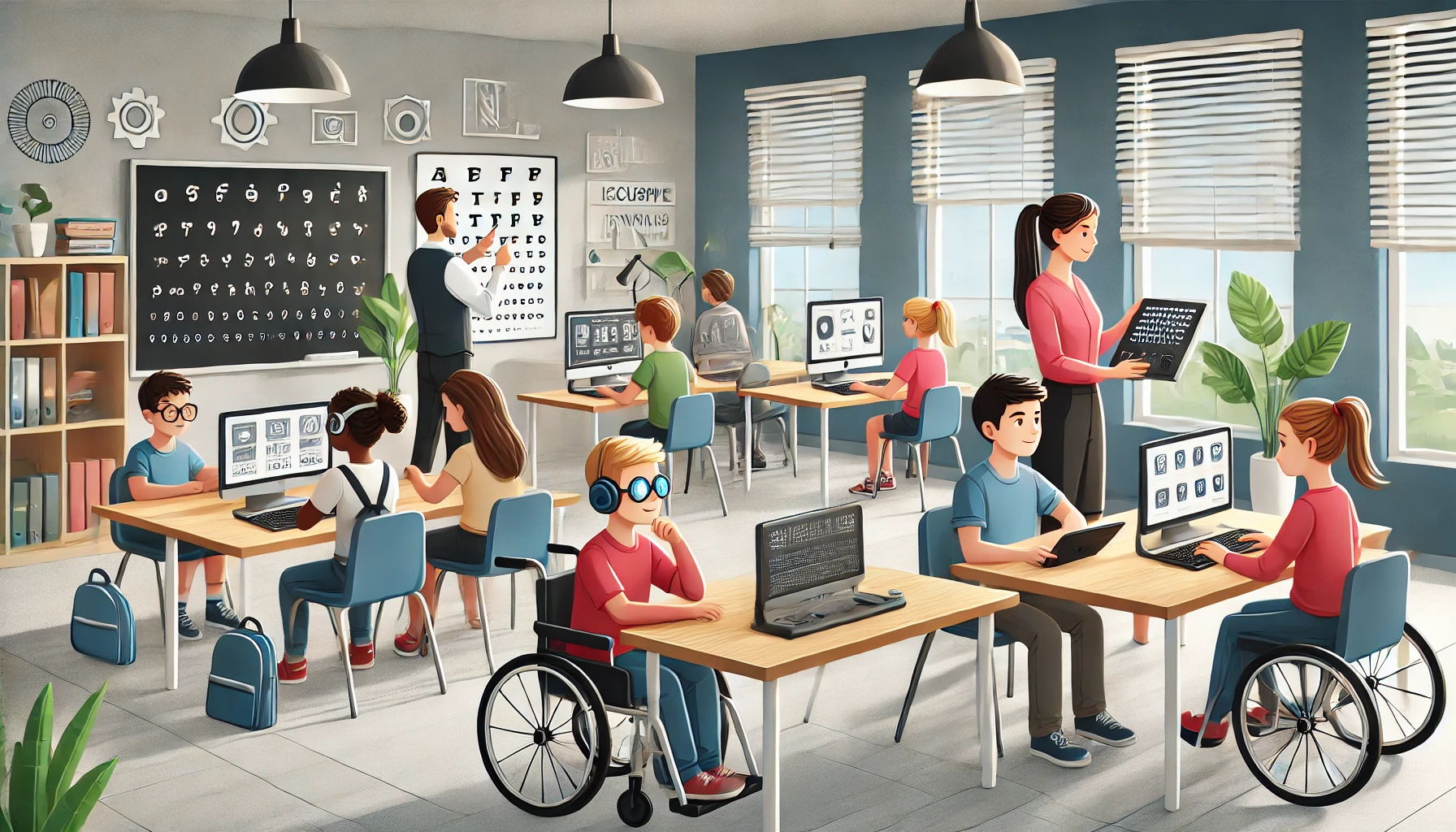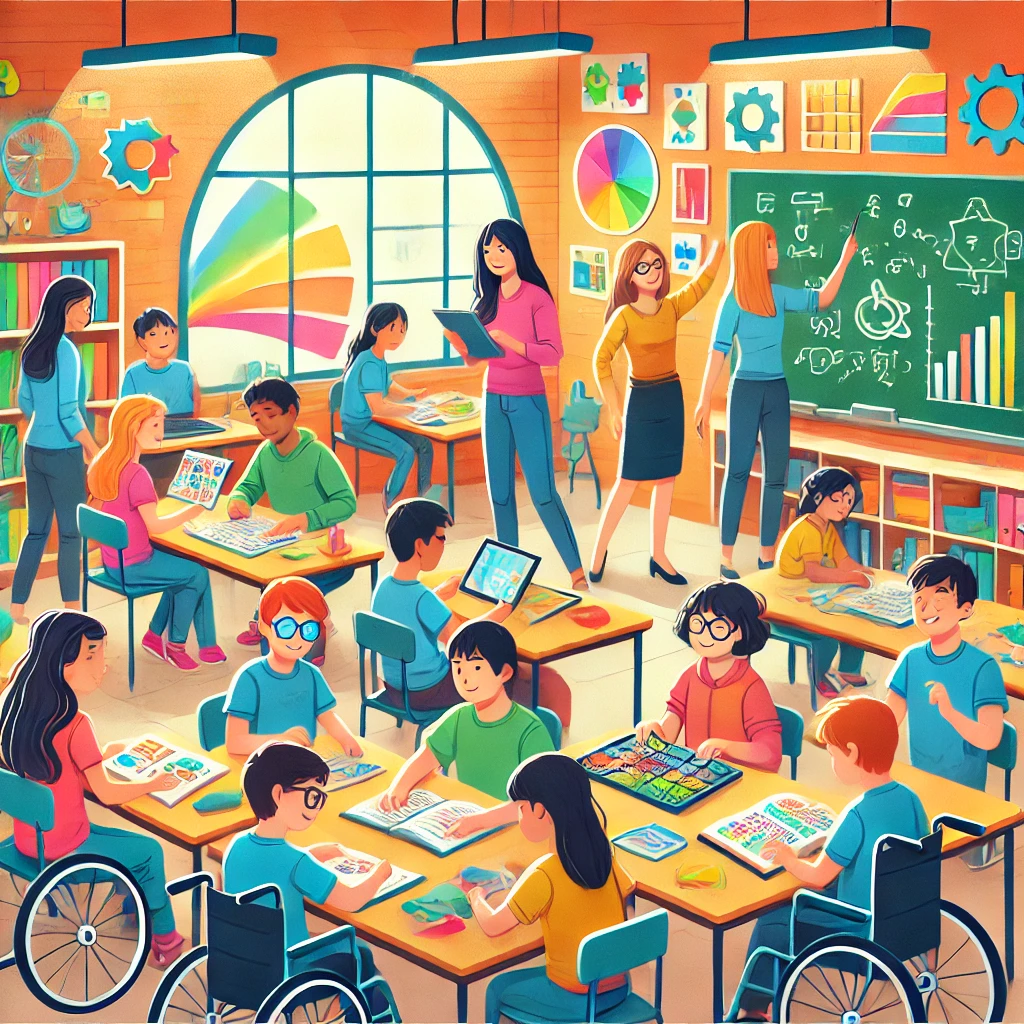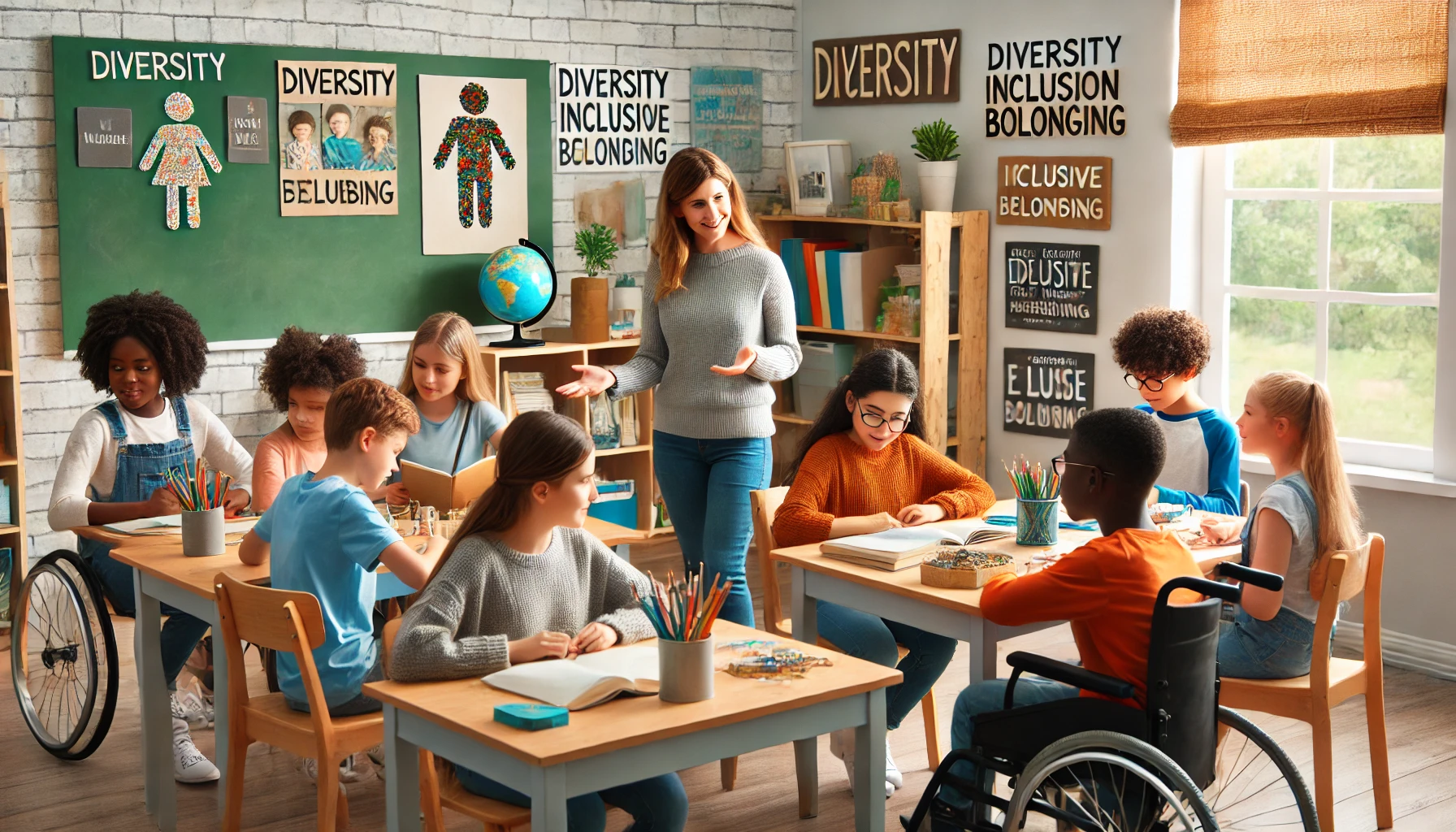Understanding ADHD Parenting
Man, ADHD parenting is like juggling flaming marshmallows—it’s wild and unpredictable. When you’ve got a kid bouncing off the walls and losing track of what they’re doing, it’s a whole different ball game. ADHD, short for Attention Deficit Hyperactivity Disorder, can shake up how you parent. This thing’s all about finding focus, impulsive bursts, and can’t-stay-still moments, all of which can turn everyday life into a circus act for both the kiddo and their folks.
What is ADHD and How It Affects Parenting
Think of ADHD like a storm that shows up in all sorts of outfits. Some days it’s the can’t-sit-still giggles, other times it’s an all-night dance party when they should be snoozing. A child with ADHD might find it super tricky to finish tasks like homework or following a list of steps. Add in the thrill ride of impulsive actions and it can get tricky to navigate both out in the wide world and back home.
Being the parent of a child with ADHD is like running a marathon while juggling—it’s a full-time hustle and shuffle. Every day can require a fresh set of tricks and understanding to balance being patient and setting rules. By getting clued up on ADHD, parents can make a plan that actually clicks with their kid’s style to keep them moving forward and smiling.
Importance of Personalized Parenting Strategies for ADHD
Nailing ADHD parenting is kind of like cooking without a recipe—you need to figure out which ingredients work best with your kid. Forget the cookie-cutter fixes; they just won’t cut it here. Parents need their own bag of tricks that fit their kiddo’s quirks and strengths like a glove.
When you tweak how you parent to fit your child’s ADHD swagger, you build them a playground for getting better at life. This might mean setting up a steady daily grind, laying down some solid rules, and showering them with good vibes when they ace something.
If you’re rolling around the special needs education scene, getting a handle on ADHD parenting is like having a secret map to help your kiddo flourish. By seeing how ADHD shakes up the family vibe and going in with a plan tailored to your kid, you’re setting up both you and your child for a world of “we’ve got this” on the road to their own version of awesome.
Building a Support System
So, here I am, trying to be the best parent I can be while also handling the ups and downs of raising a kid with ADHD. One thing I’ve discovered is that having a solid backup system is important. It’s not just about having people to spill your guts to, but about tapping into a whole world of resources and stories that can power you through this rollercoaster ride.

Communication with Educational Professionals
Keeping the lines open with folks like teachers, school counselors, and those special ed wizards is like discovering the secret weapon in helping your kid succeed. These chats aren’t just small talk – they’re about crafting a team effort all about your child’s needs. By talking openly, we make sure the school knows precisely what my kid requires to shine.
Keeping up with teacher chats helps me track the highs, lows, and any twists along the road. This way, if something works wonders for my kid’s ADHD, I can jump in and make sure it’s part of the plan. Sharing what I know about my child’s strengths and where they’re heading on their improvement journey means we, the adults of this operation, can work magic together in crafting a super supportive learning zone specific to my child’s personality.
Engaging with Support Groups and Communities
Reaching out to join ADHD-focused groups feels like finding your tribe. It’s where I’ve met other parents who really get it and can swap tricks of the trade, stories of managing the chaos, and a boatload of encouragement when things hit the fan.
Whether it’s meeting up in a comfy living room or jumping into an online chat, these groups are where I can unload my worries, raise a toast to those small wins, and gather down-to-earth advice for tackling ADHD challenges. It’s a reminder that I’m not alone, surrounded by others who know this road too well and help lift me when the going gets tough.
By jumping into talks with teachers and connecting with folks in these ADHD circles, I lend myself a lifeline full of wisdom and cheerleading. It means I’m ready, knowledge-packed and supported, to tackle this unique path with my kid. And remember, you’re not flying solo – reaching out isn’t just asking for help; it’s planting the seeds for your kid’s best shot at happiness and success.
Implementing Effective ADHD Parenting Strategies
Dealing with a kiddo who has ADHD? I get it, parenting can feel like running a never-ending marathon, but with a twist. The focus here is on creating a cozy, stable spot where your child can grow and be their best self. I’ve got three go-to strategies that bring a world of help: set up routines and structure, clearly explain what’s allowed, and use positive vibes like rewards.
Establishing Routines and Structure
Routines: Think of routines as the trusty sidekick to your ADHD parenting journey. Consistent daily rhythms boost predictability and lessen jitters, turning chaos into calm. Try penciling in fixed times for meals, homework, and hitting the hay. This way, your kid learns to juggle their day with less fuss.
Structure: Crafting a structured space means making the surroundings work for you, not against you. This could be sorting out a tidy homework zone, slapping visual helpers like charts or planners up on the wall, and using a smart mix of alarms or timers to hold focus and ease those pesky transitions from one task to another.
Setting Clear Expectations and Boundaries
Expectations: Kids with ADHD benefit big time from knowing what’s up. Break jobs into bite-sized chunks and keep instructions short and sweet. Use friendly words and give high-fives or fist bumps for even the small wins. This boosts their mood and self-worth.
Boundaries: Boundaries are about setting the guardrails for what flies and what doesn’t. Stick to the rules so your kiddo gets the hang of consequences. Try out kind-when-correcting methods or short time-outs to handle tricky behaviors while nurturing self-discipline and ownership of actions.
Positive Reinforcement Techniques
Reinforcement: Think of positive reinforcement as a celebration of your child’s right moves. Recognize efforts, hand out small wins like stickers or extra screen time, and build a reward gig that keeps your child engaged. Acknowledging victories fuels their confidence and strengthens the parent-child bond.
Blending these down-to-earth ADHD parenting strategies into your everyday life sparks a meaningful relationship with your child. By easing in a routine, setting crystal clear expectations, and cheering on wins, you and your kiddo can tackle the ups and downs of ADHD with a sense of humor and a dash of empathy. For more insights, peek at our pieces on early intervention for ADHD in toddlers and best tools for kids with ADHD.
Addressing Challenges Specific to ADHD
Dealing with ADHD ain’t always a walk in the park, especially as parents or caregivers who want the best for their kids. It feels like you’re juggling impulsivity, hyperactivity, and organization all at once. Let’s tackle these areas head-on and make life a bit easier for everyone involved.
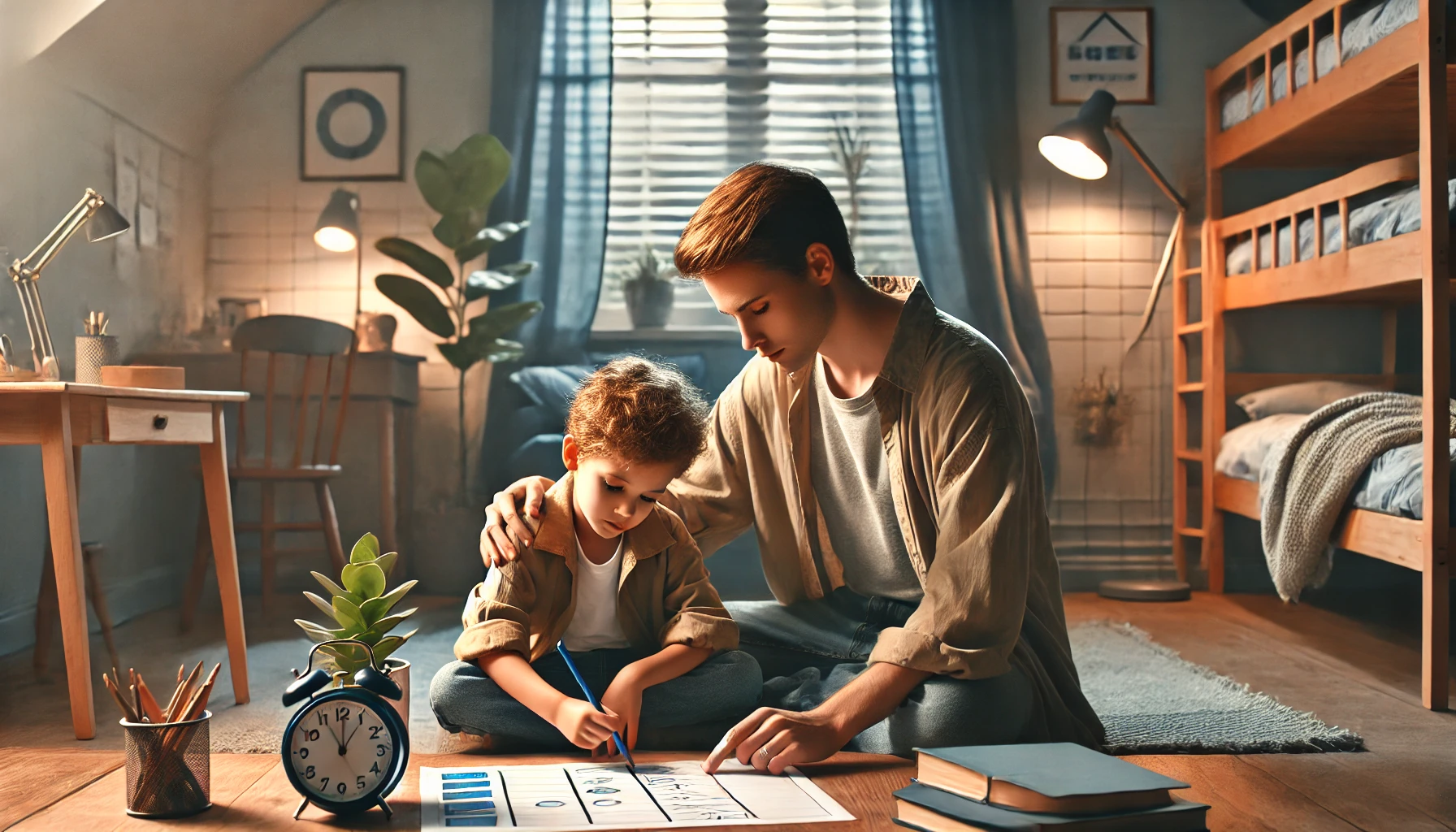
Managing Impulsivity and Hyperactivity
Kids with ADHD often act before they think—a bit like jumping into a lake feet-first without checking for water depth. It’s tough, but with some nifty tricks up your sleeve, you can guide them in managing these impulses. Here’s how to help them curb that excess energy:
| Strategies for Managing Impulsivity and Hyperactivity |
|---|
| Get ’em moving! Regular exercise is a fabulous outlet for pent-up energy. |
| Lay down the law with clear rules and a routine—consistency is your new best friend. |
| Visual aids and timers work wonders in teaching kids how to manage time. |
| Deep breaths and mindfulness can help them find their chill. |
| Tackle big tasks by breaking them into bite-sized pieces. |
Start weaving these strategies into your daily schedule, and watch your child learn to ride the wave of impulsivity and hyperactivity with a bit more ease. For a deeper dive into hyperactivity, check our piece on hyperactivity in children.
Helping with Organization and Time Management
Being organized and managing time is often like herding cats for kids with ADHD. But with your help, they can get the hang of it:
| Strategies for Supporting Organization and Time Management |
|---|
| Set up a structured day planner with clear time slots for each activity. |
| Visual schedules and to-do lists can keep them on the straight and narrow. |
| Show them how to spot the most urgent tasks—the prioritization game is vital. |
| Color-coding everything—trust me, it’s a life-saver. |
| Heap on the praise when they show improvement; everyone loves a pat on the back. |
By sticking to these approaches and being there as their biggest cheerleader, you’re setting the stage for your child to excel in getting organized and on time. For more great tools, swing by our article on best tools for kids with ADHD.
When ADHD throws challenges your way, patience, empathy, and a little of proactive strategy can go a long way. With these tactics, you’re crafting a nurturing cocoon that supports your child’s growth and development in a meaningful way.
Practicing Self-Care as a Parent
Being a parent, especially to a child with ADHD, is like hitting the challenge jackpot. With all the hustle and bustle, it’s important to remember that you matter too. Self-care isn’t just some fancy term; it’s about keeping your sanity and juggling those parenting balls without dropping them. Let’s chat about why self-care is essential for parents like us, and how we can sneak some me-time into our crazy schedules.

Importance of Self-Care for Parents of Children with ADHD
When you’re wrist-deep in ADHD-related chaos, it’s tempting to just sideline your needs. But guess what? Self-care is a lifeline for your mental health. It’s your secret weapon to battle stress and avoid the dreaded burnout. When you take a breather to focus on yourself, you’re actually boosting your ability to be the parent your kiddo needs.
Consider self-care your personal energy refuel station. Whether you’re sneaking in a few zen moments of meditation, indulging in a hobby that makes you feel human, or talking to other parents who’ve been in the trenches, recharging your own batteries is key. This gives you the grit and gumption to handle whatever parenting throws your way.
Strategies for Balancing Parental Responsibilities and Self-Care
Finding personal time amidst caring duties can feel like an Olympic-level balancing act. Here are a few ideas to help you blend self-care into your everyday routine:
| Self-Care Tactic | How to Make It Happen |
|---|---|
| Mindfulness and Meditation | Set aside a few daily minutes for mindfulness or meditation. Trust me, your mind could use a breather. |
| Physical Exercise | Slot some exercise into your calendar. A quick walk, yoga, or a workout session can do wonders. It’s all about those feel-good endorphins. |
| Social Connections | Maintain your lifelines—friends and family who get you. Join support groups or online forums for a sense of camaraderie. |
| Rest and Relaxation | Quality sleep should be non-negotiable. Create a chill pre-sleep routine for better zzz’s. |
| Professional Help | Therapy isn’t just for cracks in the armor. It’s for navigating emotional challenges too. Don’t hold back from seeking help. |
Mixing child care and self-care takes effort, but it’s worth it. Peppering your days with these self-care tactics strengthens your mental mojo and amplifies your parenting powers. Self-care isn’t selfish; it’s about being the rockstar parent your child needs, all while you stay grounded and present.
Monitoring Progress and Seeking Professional Help
Taking care of a kiddo with ADHD can feel like a roller-coaster, and keeping an eye on their progress while knowing when to call in the pros is a big part of effective parenting.
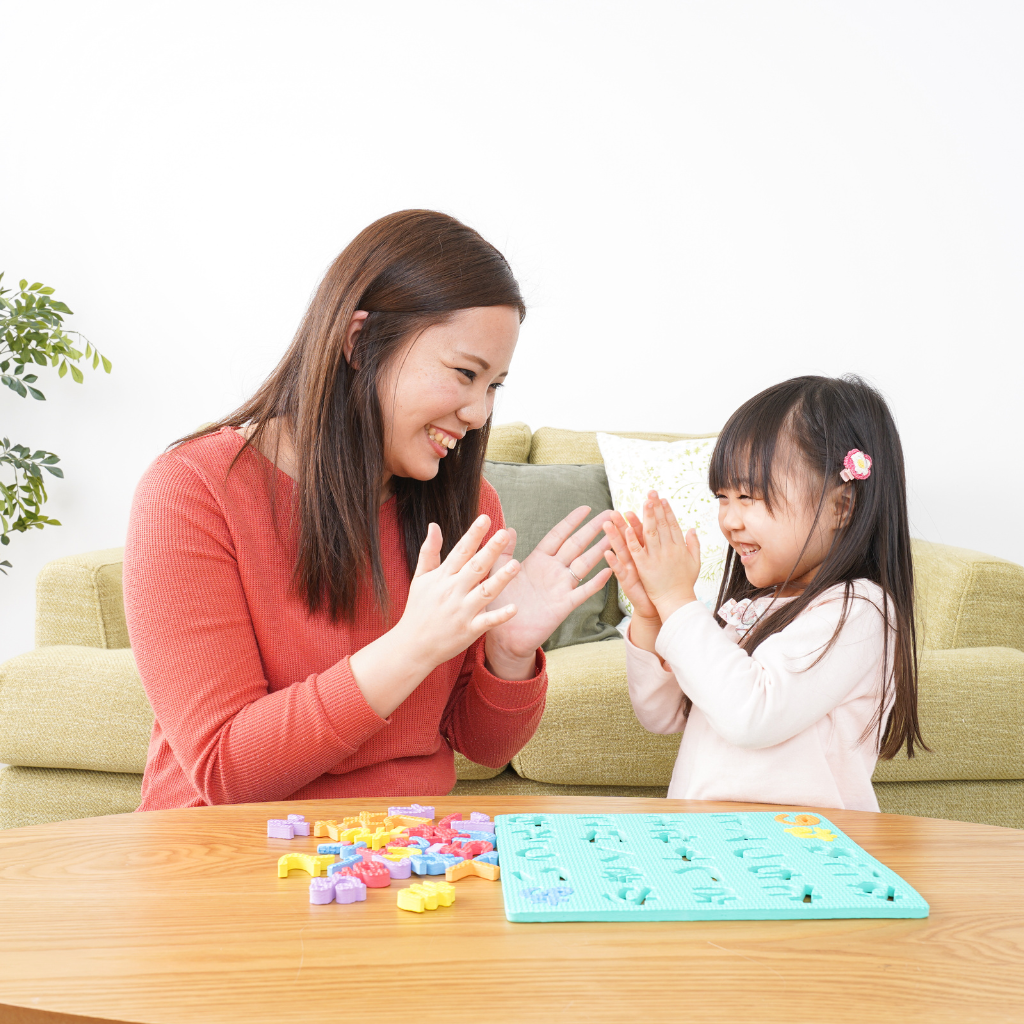
Tracking Your Child’s Development and Behavior
Keeping tabs on your child’s growth and behavior is a biggie when handling ADHD. By jotting down their steps forward, hiccups, and wins, you get the lowdown on where they’re thriving and where they might need an extra hand.
| Development Area | Progress | Areas of Concern |
|---|---|---|
| Academic Performance | Making steady progress | Difficulty focusing in class |
| Social Interactions | Building positive relationships | Impulsivity during playtime |
| Emotional Regulation | Learning coping strategies | Outbursts in high-stress situations |
By scribbling notes on your child’s behavior, you and their caregivers can get a better grip on how ADHD plays out in their everyday life. It’s handy for chats with teachers and health experts, too.
Knowing When to Seek Guidance from Mental Health Professionals
Figuring out when to call in the mental health crew is key to making sure your child gets what they need. If handling their ADHD symptoms feels like herding cats or their behavior is throwing off their daily groove, it might be time to bring in a pro.
| Signs to Watch For |
|---|
| Increasing difficulty in school despite interventions |
| Persistent emotional or behavioral issues |
| Challenges in maintaining relationships with peers |
| Frequent impulsivity or hyperactivity that disrupts daily routines |
Hitting up a mental health guru, like a child psychologist or psychiatrist dialed into ADHD, can open up a world of insight and treatment options that fit your kid like a glove. Plus, they can dish out strategies to help you back up your child and deal with the zigzags of ADHD.
By staying on top of your child’s growth and being alert to signs that wave a flag for professional help, you can tackle ADHD head-on and offer the full-on support your child needs to shine. For a deep dive into ADHD symptoms in kids and how to handle parenting them, check out our article on adhd symptoms in children.


